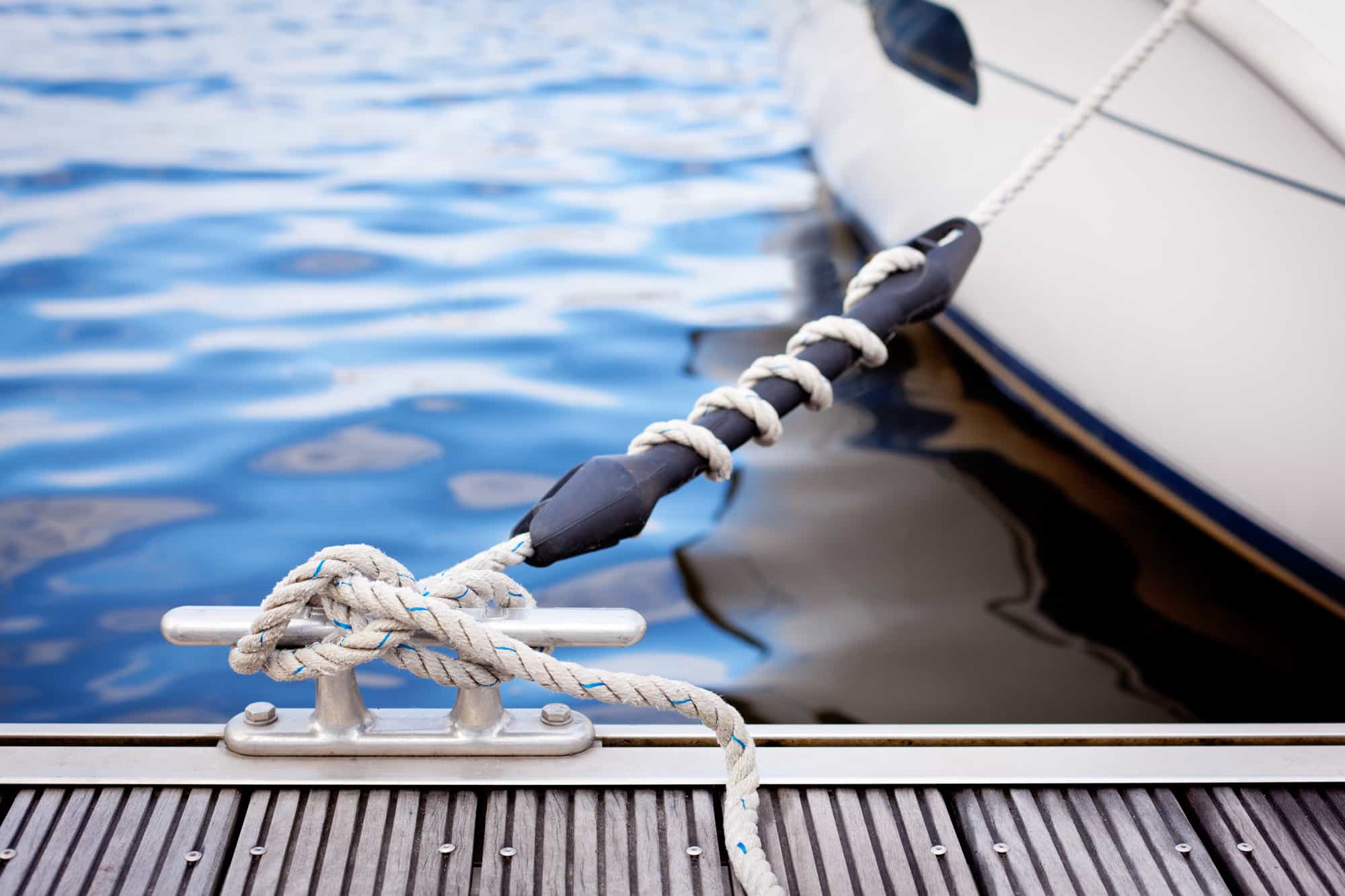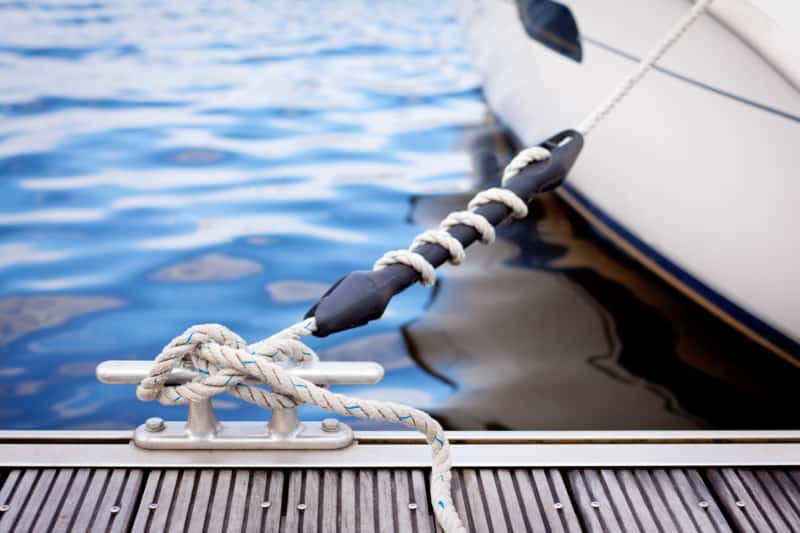
How to Anchor a Floating Dock: Everything You Need to Know
In the last few decades, floating docks have become one of the most popular options on lakes and ocean bays. Compared with traditional piling structures that are driven into the seabed, floating docks are quicker to install, easier to maintain, and highly versatile.
Whether you’re a homeowner looking to fully enjoy your waterfront property or a contractor building a floating dock for commercial use, this guide will help your floating docks projects go more smoothly.

Benefits of Floating Docks
Some of the benefits that have contributed to the rising popularity of floating docks are:
- Quick Installation – Because they don’t need to be fixed to the lake or sea bed, installing a floating dock is considerably faster. You can even order ones that are completely prebuilt.
- Easy to Remove – Most floating docks are portable. This allows you to prolong the life of the structure by removing it from the water in the winter when you’re not using it.
- Customizable – Modular floating docks can be arranged and rearranged as often as you like. You can move the pieces around to create an L-shape, U-shape, or straight line as your needs change. And because they can be placed farther out into the water than a piling dock, they can also double as a resting place for swimmers and sunbathers.
- Adaptable – They adjust to rising and falling water levels, making it easier to get on and off your watercraft. This makes them especially popular in areas vulnerable to hurricanes, as the moving platform won’t put stress on your mooring lines. Tide Slides can also be used for additional protection in choppy waters.
- Inexpensive – Because they require fewer materials and less time to install, the cost of installing a floating dock is considerably less than the cost of stationary piling.
While there are many benefits to installing a floating dock, traditional stationary docks are still more stable and can be used as an outdoor entertainment space. If you’d like your dock to be an extension of your home, you might prefer a more permanent structure built on a solid piling foundation.
Getting a Permit for Your Floating Dock Plans
If you’re a homeowner looking to install a floating dock for private use, getting the proper permits may be the last thing on your mind. But it’s necessary to look into getting a general dock permit if you want to enjoy your new dock without worrying about potential legal consequences.
Permitting rules vary by state and body of water. You’ll need to get in touch with your local water and navigation authority to learn the specifics, but you can always expect to pay some sort of fee. Common permit requirements, guidelines, and restrictions you’re likely to run into include:
- Structure length
- Location
- Blocking public access
- Environmental impact
- Displaying your address on the dock
- Bans on certain materials
Also, keep in mind that the number of permit requests submitted to your local authority will go up with the temperature. Get approved faster by applying in the fall or winter.
Buying a Pre-built Dock vs Hiring a Contractor
Should you buy a prefabricated dock or hire a contractor to build one for you? Let’s weigh the pros and cons of each option.
Ordering a Pre-built Floating Dock
Pros: More affordable without the cost of labor, faster installation time.
Cons: Tend to be less customizable. If you don’t have experience anchoring a floating dock, you run the risk of installing it improperly.
Hiring a Contractor
Pros: Full customizability. Hired locally, a contractor will know and be able to abide by any permit requirements and secure the dock using the best techniques. You will also have the freedom to use any decking material and color that you like.
Cons: More expensive and takes more time.
How to Anchor a Floating Dock
Securing a floating dock may be easier than fixing a permanent one into the seabed below, but you still want to make sure you do it correctly. Otherwise, your dock could float away or damage any watercraft you’ve moored to it.
You’ll want to use anchors that are at least twice the weight of the dock so that it stays in place. The ideal anchoring system is made up of concrete blocks attached to steel chains in a criss-cross style. Keep in mind that you don’t want to use chains that are too short – leaving a bit of slack allows the dock to rise and fall with the water.
Instead of weighing down the dock, some choose to tether it to their property. While this can make accessing the platform easier, it’s also riskier due to the shifting tides and currents constantly trying to pull the dock away from the shore.
Dock Accessibility
One of the few downsides of a floating dock is that they are more difficult to access than stationary docks, which easily transition from land to sea.
Here are some accessories you can install to get on and off your floating dock more easily.
- Ladders: A dock ladder makes it easier to enter and exit the water from your dock. The ladder should be made from marine-grade materials so that it isn’t vulnerable to rust or corrosion. Some models even adjust to the surrounding water level automatically, keeping your ladder dry and free of marine growth when it’s not in use.
- Gangways: A gangway is a ramp with a handrail that connects your dock to land. You’ll need to use connector hinges to attach the ramp.
Hardware & Accessories for Your Dock
Whether you decide to go the contractor route or have a pre-built dock shipped to your home, you’re going to need the right hardware and accessories. From ladders to mooring, you’ll find everything you need to install, access, and maintain your new floating dock at Decks & Docks Lumber Co. To learn more, contact our friendly marine experts today!
